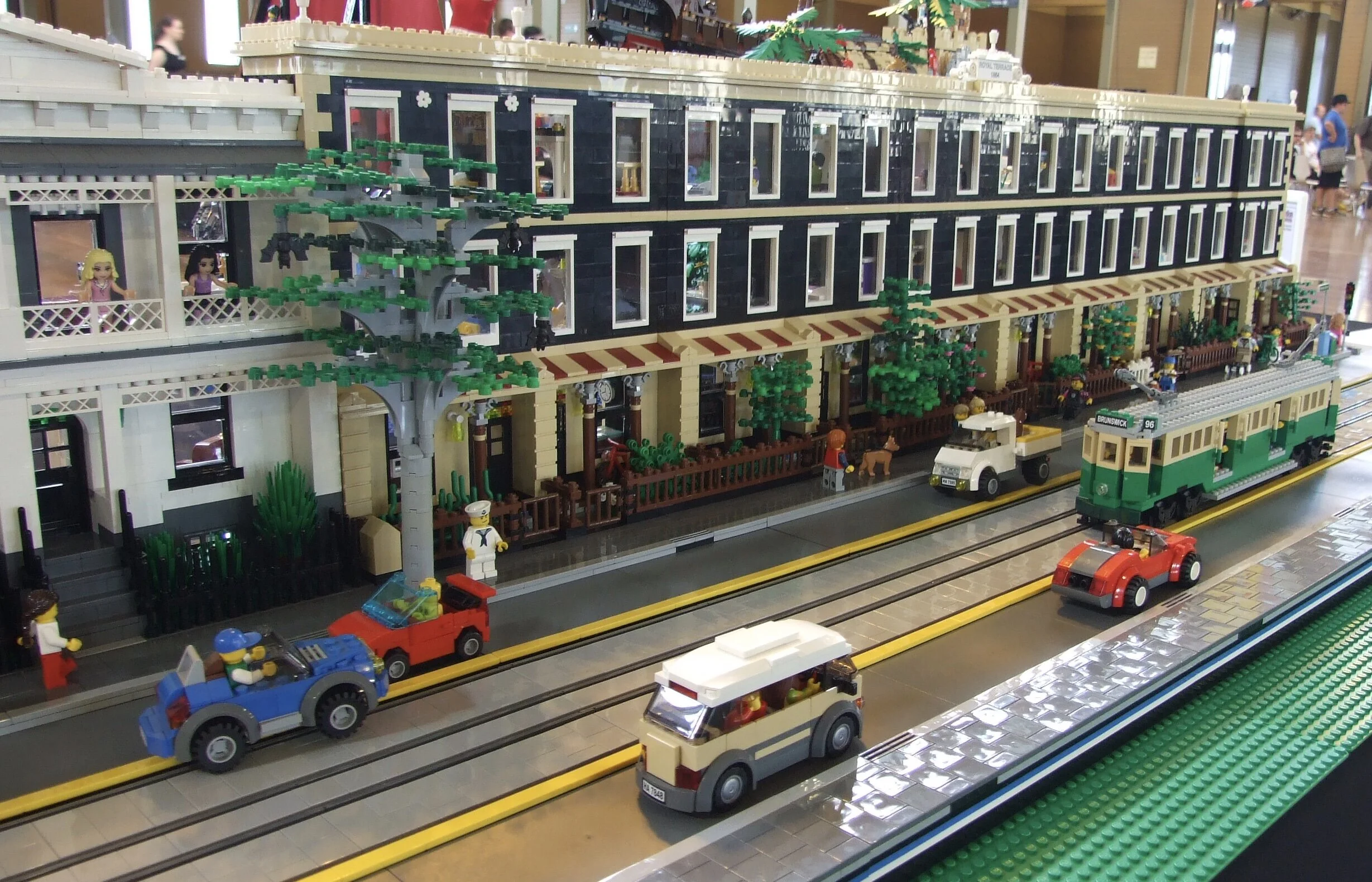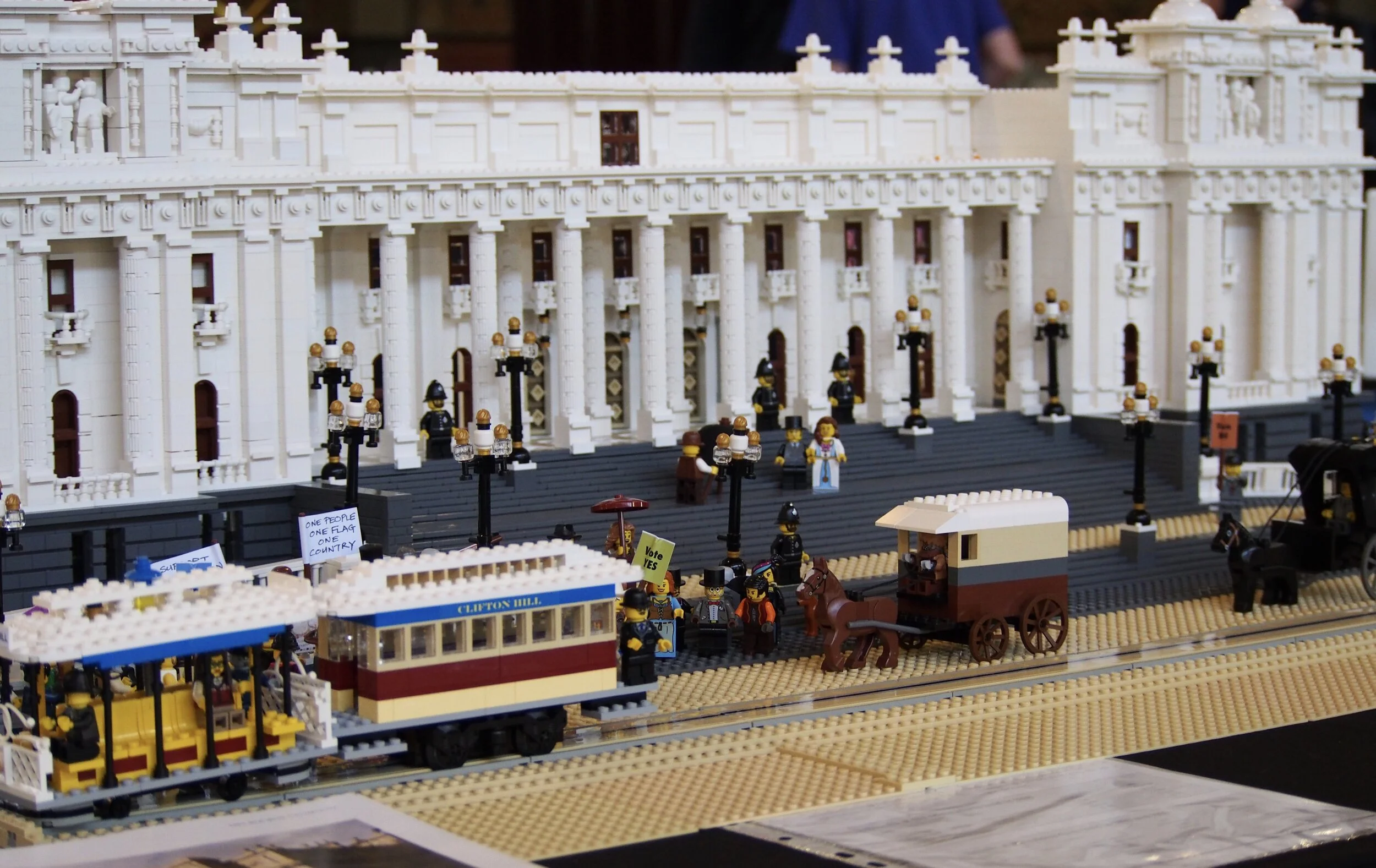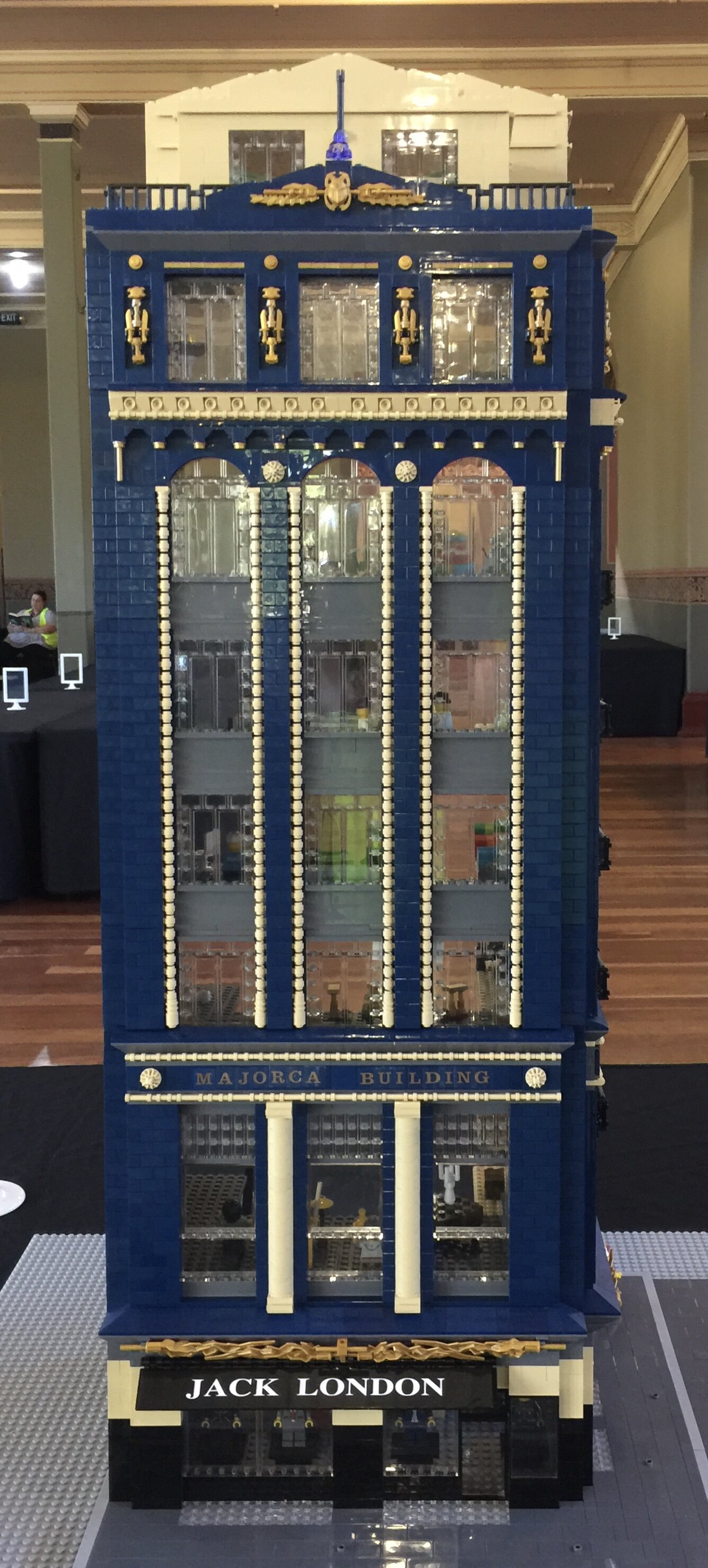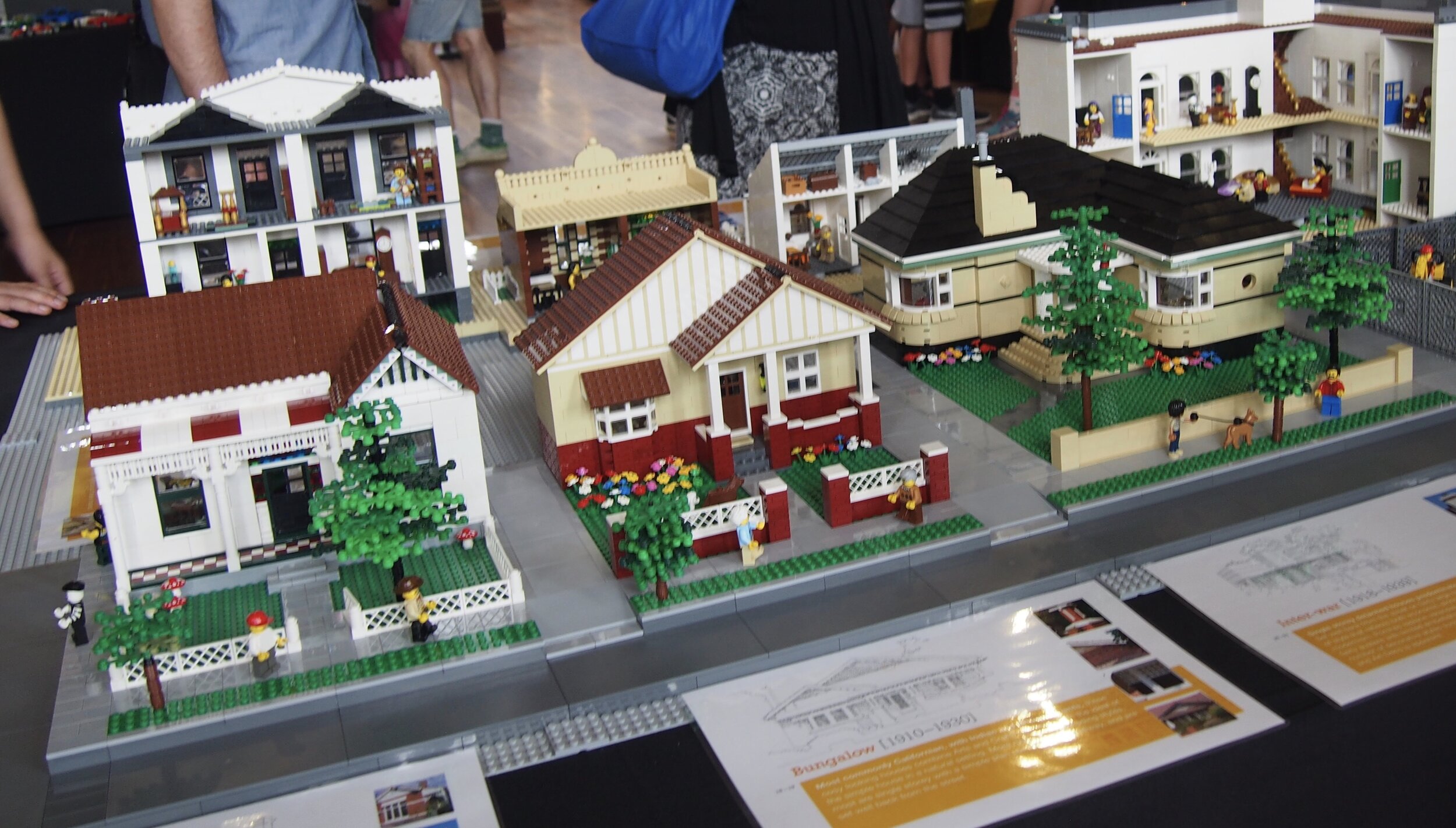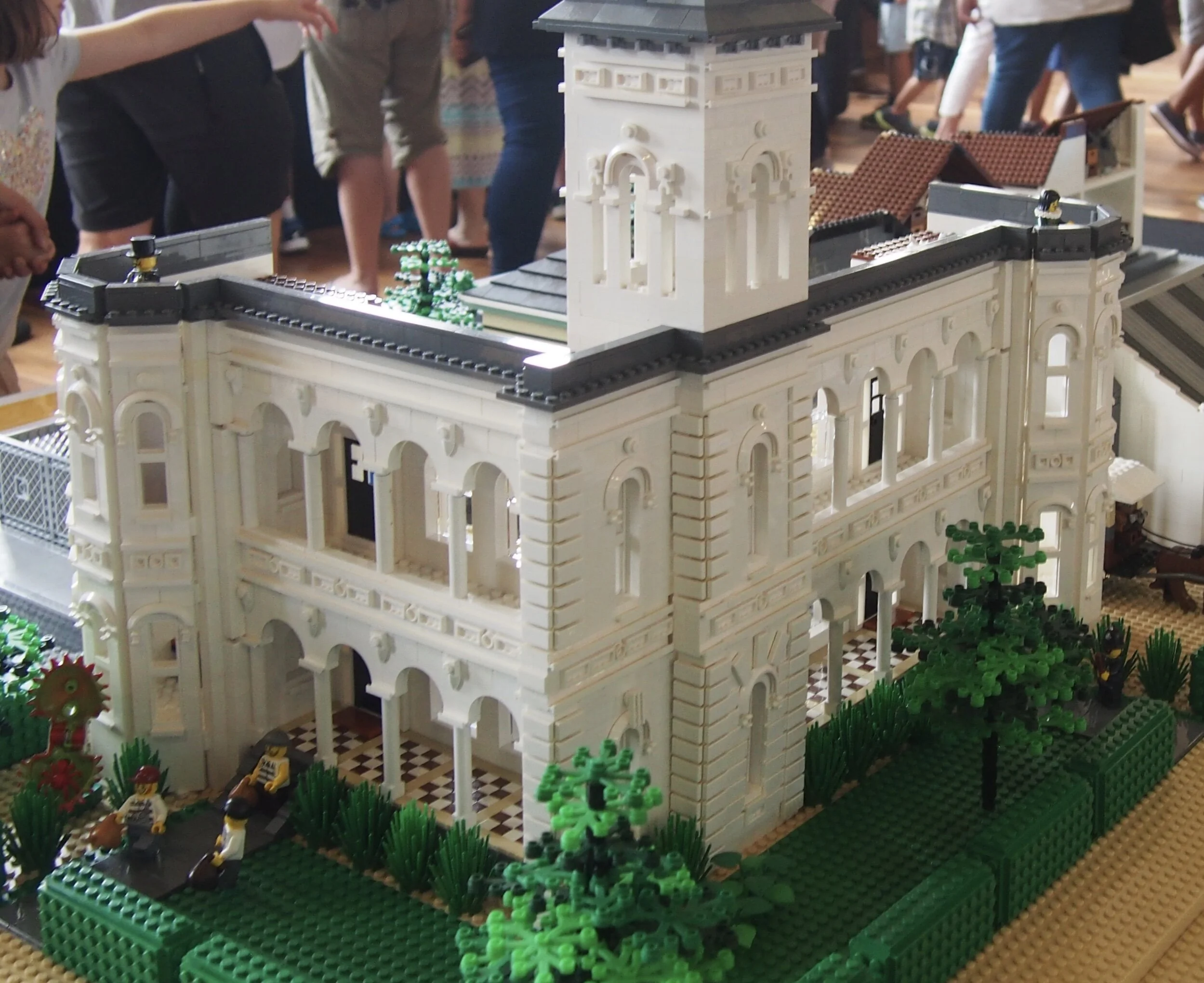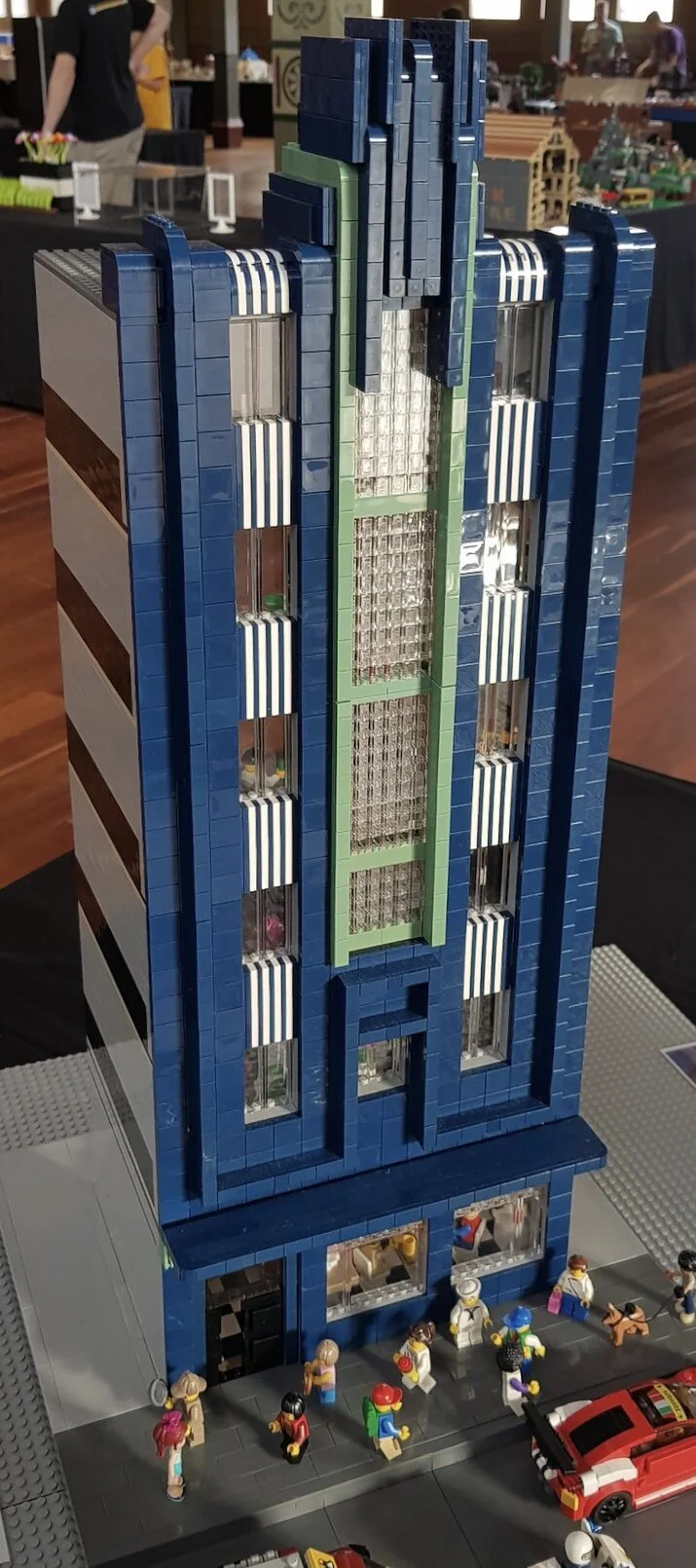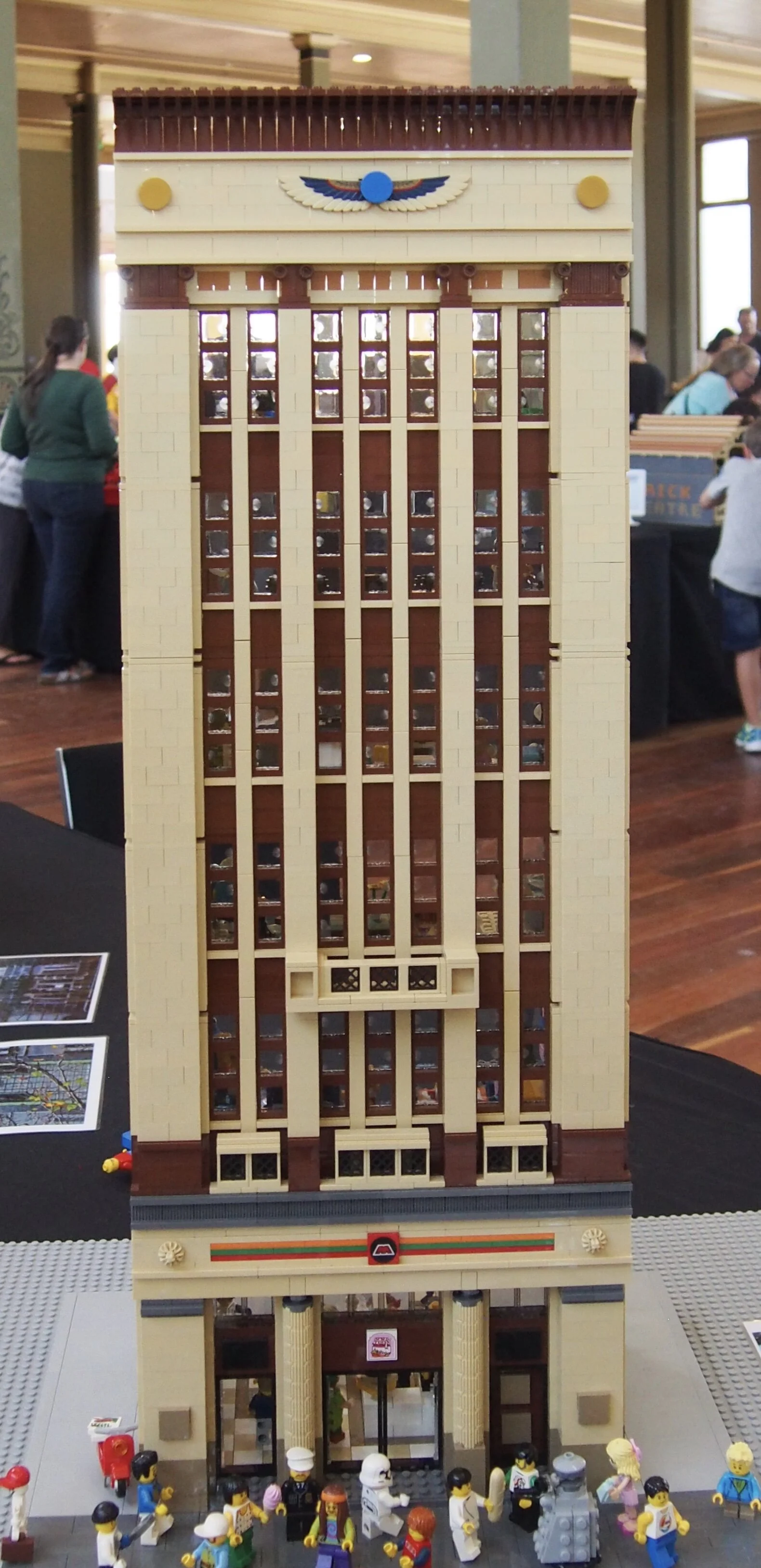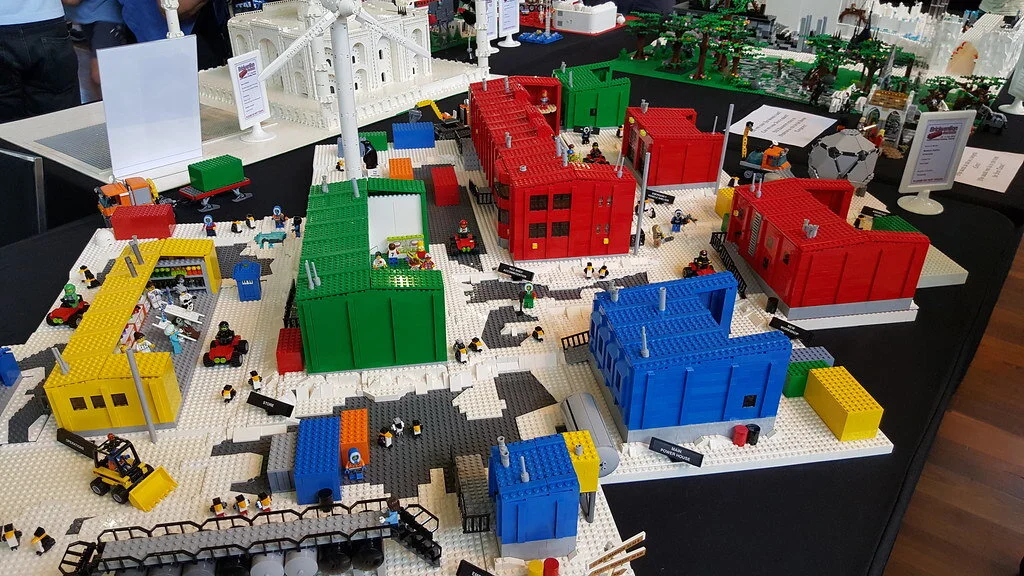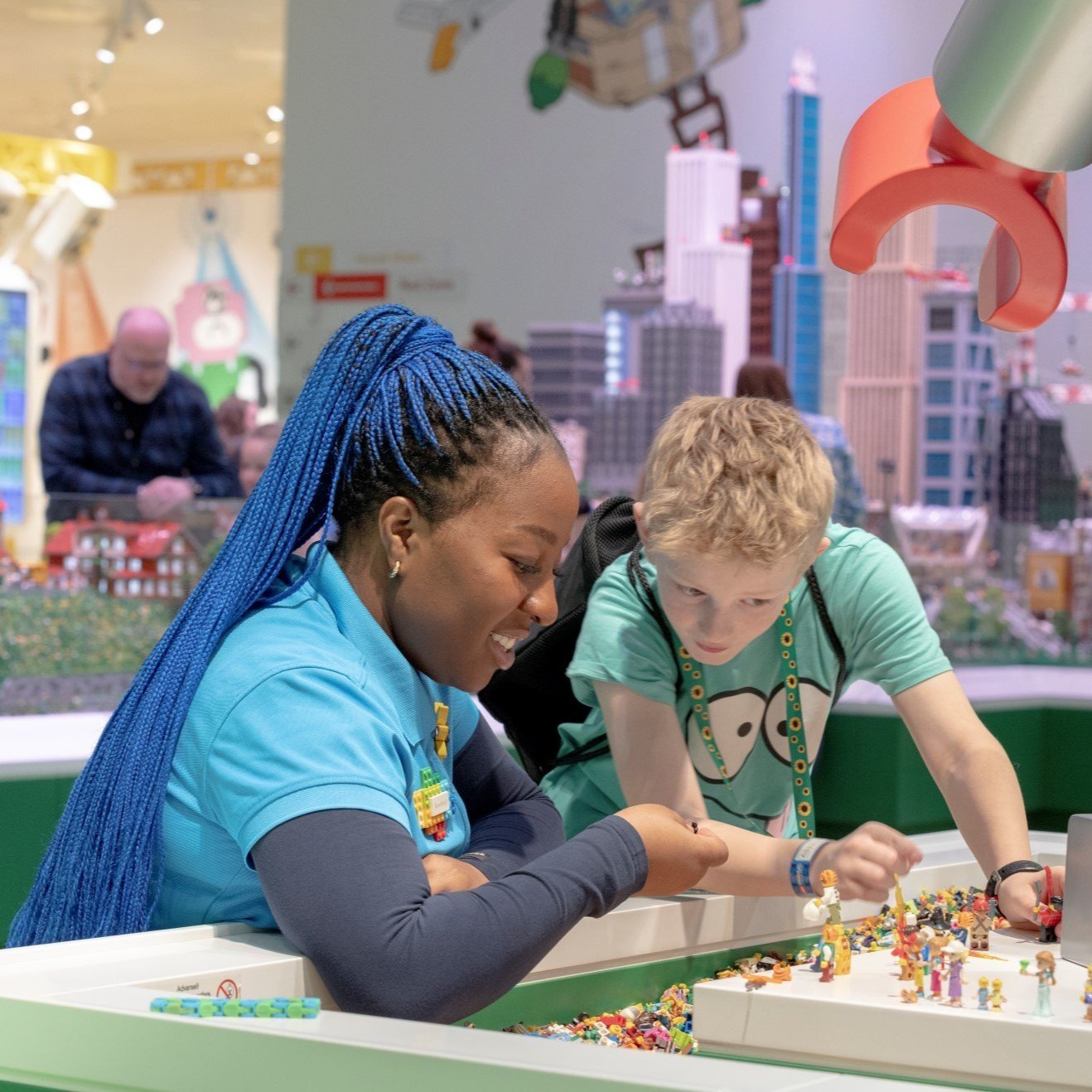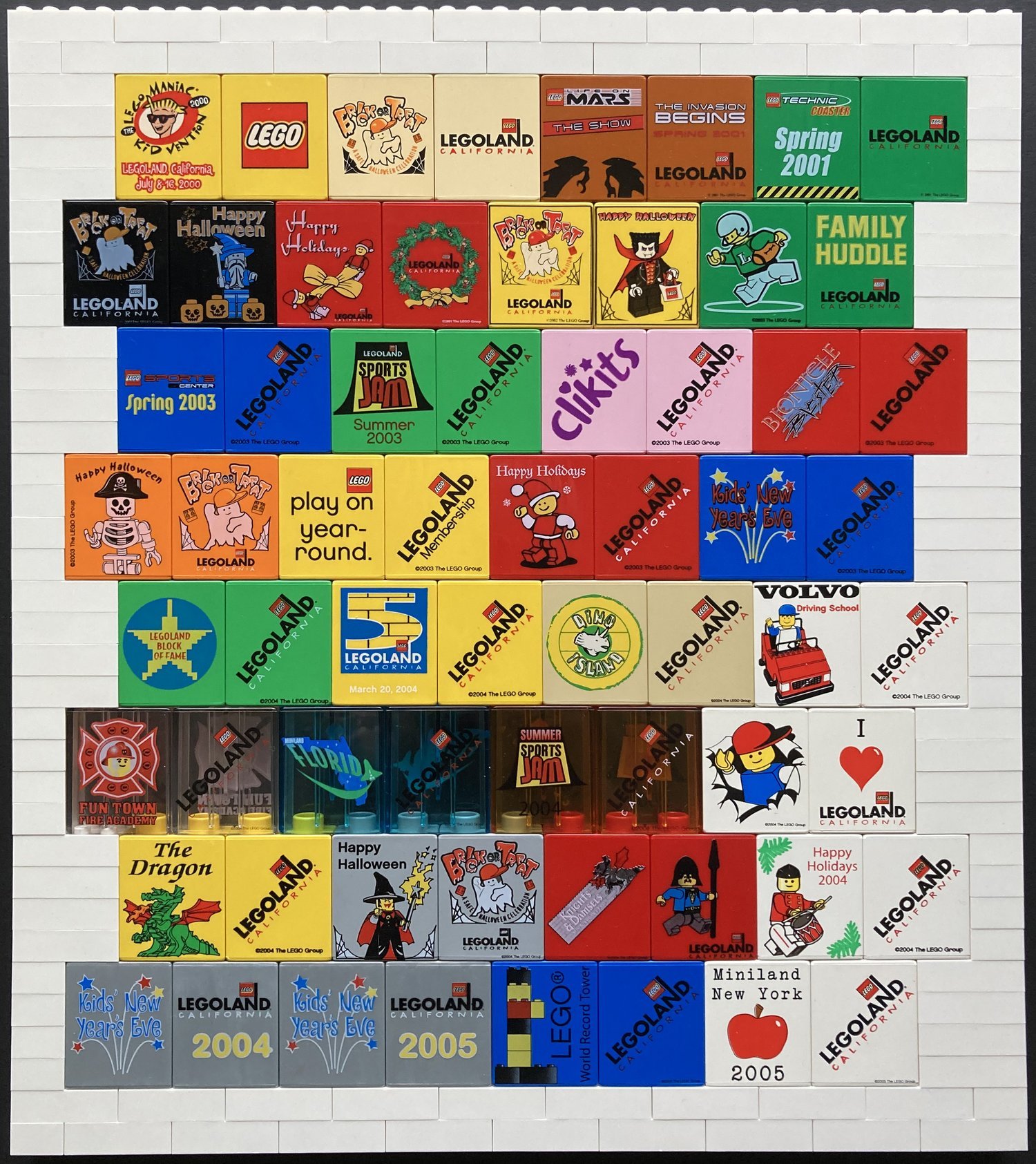Australian Architecture: The Legacy of Alan Jager
/It’s a rare thing in our modern digital world to find a body of LEGO work as exciting as that of Alan Jager’s—especially without it having a significant online presence. Alan was never really bothered about the recognition of his work outside of the local AFOL community, and this meant his talent was rarely known beyond those attending Brickvention or, more recently, the readership of the local LEGO blogs covering the event.
Alan was passionate about representing the local architecture of Melbourne, Australia in LEGO. Every year at Brickvention, to the delight of his fans, Alan would exhibit his latest creation. But it was never enough for Alan to recreate the local architecture in LEGO, he would also extensively research the building and could regale all with its history and any controversy involved in its construction and use.
Sadly, Alan passed away earlier this year and will be greatly missed. He was an asset to the local LEGO fan community and had been awarded the inaugural “MUG of the Year” prize in 2018 for his contributions to the Melbourne LEGO User Group community.
I have chosen some of Alan’s more well-known LEGO creations to highlight his work, along with some of the history he would love to share.
Royal Terrace
Royal Terrace, Melbourne, Australia Photo by Robert Kingston
Located opposite the current home of Brickvention at the Royal Exhibition Building, Royal Terrace was commissioned in 1856 by timber merchant, John Bryant. It is considered to be the largest “pre-boom” row of terrace houses found in Melbourne.
Parliament House
Parliament House, Melbourne, Australia Photo by Robert Kingston
First occupied in 1856 with ongoing building works until 1929, this structure originally served as the meeting place of the Parliament of Australia from 1901 to 1927 until the Federal Government was moved to Canberra. It is now the home of the Victorian Government.
Majorca Building
Majorca Building, Photo by Robert Kingston
The Majorca Building is a neo-Romanesque building constructed between 1928-1930. It is laden with Spanish/Moorish features including blue faience tiles and, gold-colored foliage and molded rope designs.
Domestic Architecture
20th Century Domestic Architecture, Melbourne, Australia Photo by Robert Kingston
Consisting of seven separate buildings, these houses reflect common domestic housing in Melbourne from the 19th Century through to the mid 20th-Century.
19th Century Domestic Architecture, Melbourne, Australia photo by Robert Kingston
Alkira House
Alkira House, Melbourne, Australia Photo by Robert Kingston
Built in 1936, Alkira House is regarded as one of Melbourne’s most stunning examples of Art Deco.
Former Bank of NSW
Former Bank of NSW, Melbourne, Australia Photo by Robert Kingston
Constructed in 1929, this former bank features ancient Egyptian motifs with a faience-clad façade on a sandstone base.
Mawson Research Station
Mawson Research Station, Australian Antarctica Territory, Antarctica Photo by Matthew Lawrence
This research base was established in Antarctica in 1954 by the Australian Antarctica Division.
Original Exhibition Building
Original Exhibition Building, Melbourne, Australia Photo by Matthew Lawrence
Constructed in 1854 and with a design based on the 1851 Crystal Palace in London, the Exhibition Building held a number of exhibitions and events before being demolished in 1869 after being declared to be in poor condition.
Hidden Humor
Alan Jager, pictured in the yellow Brickvention 2019 t-shirt chatting to an attendee about his creations. Photo by Alec Mead
As seen in this picture, the back of Alan’s Alkira House and the Former Bank of NSW models contained hidden humor. As with almost all of his Brickvention builds, Alan (in the yellow shirt) presented his models in a cutaway style to highlight the facades whilst allowing him to include realistic and humorous scenes with minifigs.
I never had the opportunity to ask Alan about his future build plans, but I know our community has lost an enthusiastic builder and dedicated member. Brickvention won’t be the same without his presence, and I’ll miss our long chats on the history of Melbourne.
Did you ever get to see these creations at Brickvention? Leave your memories in the comments below.
Do you want to help BrickNerd continue publishing articles like this one? Become a patron to show your support, get early access, exclusive swag and more.

